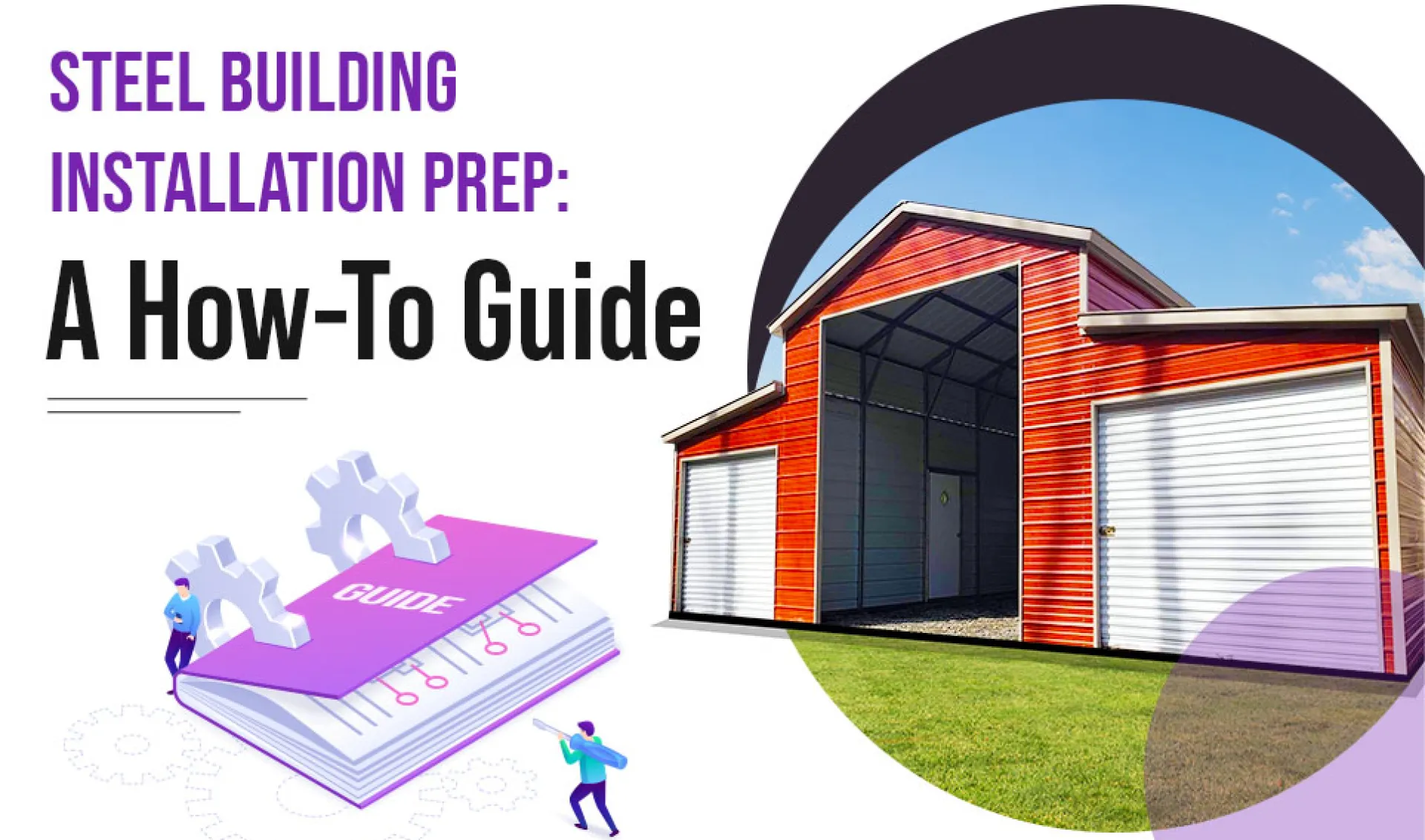- Afrikaans
- Albanian
- Amharic
- Arabic
- Armenian
- Azerbaijani
- Basque
- Belarusian
- Bengali
- Bosnian
- Bulgarian
- Catalan
- Cebuano
- Corsican
- Croatian
- Czech
- Danish
- Dutch
- English
- Esperanto
- Estonian
- Finnish
- French
- Frisian
- Galician
- Georgian
- German
- Greek
- Gujarati
- Haitian Creole
- hausa
- hawaiian
- Hebrew
- Hindi
- Miao
- Hungarian
- Icelandic
- igbo
- Indonesian
- irish
- Italian
- Japanese
- Javanese
- Kannada
- kazakh
- Khmer
- Rwandese
- Korean
- Kurdish
- Kyrgyz
- Lao
- Latin
- Latvian
- Lithuanian
- Luxembourgish
- Macedonian
- Malgashi
- Malay
- Malayalam
- Maltese
- Maori
- Marathi
- Mongolian
- Myanmar
- Nepali
- Norwegian
- Norwegian
- Occitan
- Pashto
- Persian
- Polish
- Portuguese
- Punjabi
- Romanian
- Russian
- Samoan
- Scottish Gaelic
- Serbian
- Sesotho
- Shona
- Sindhi
- Sinhala
- Slovak
- Slovenian
- Somali
- Spanish
- Sundanese
- Swahili
- Swedish
- Tagalog
- Tajik
- Tamil
- Tatar
- Telugu
- Thai
- Turkish
- Turkmen
- Ukrainian
- Urdu
- Uighur
- Uzbek
- Vietnamese
- Welsh
- Bantu
- Yiddish
- Yoruba
- Zulu
Dec . 05, 2024 04:27 Back to list
Industrial Building Design Merging Functionality and Aesthetics
Industrial building design has evolved over the years, reflecting significant changes in technology, sustainability practices, and community engagement. As we delve into the essence of industrial architecture, it becomes evident that striking a balance between functionality and aesthetics is critical. An industrial building is not merely a structure; it’s a hub for productivity that represents a brand's values, embraces efficiency, and respects its surroundings.
Understanding the Purpose
At its core, industrial building design serves a specific purpose to accommodate various manufacturing processes, storage needs, and distribution channels. These structures must be designed with stringent code requirements, considering factors such as safety, durability, and operational efficiency. However, with the rise of industrial facilities that are integral to urban developments, the design paradigm has shifted. Today, functionality does not exist in isolation but integrates seamlessly with user experience and environmental impact.
Key Elements of Industrial Design
1. Flexibility and Adaptability Modern industrial buildings require flexible layouts to accommodate changes in technology and processes. Open floor plans allow for easy reconfiguration, enabling businesses to adapt their spaces without extensive renovations. Designers often incorporate modular elements, which can be adjusted or expanded as needed.
2. Sustainability As industries face growing scrutiny regarding their environmental impact, sustainable design has become a cornerstone of industrial architecture. Strategies include utilizing renewable energy sources, implementing efficient waste management systems, and using materials sourced from sustainable suppliers. Green roofs, solar panels, and rainwater harvesting systems not only minimize ecological footprints but also lower operational costs.
3. Integration of Technology The Fourth Industrial Revolution has ushered in smart industrial buildings, equipped with the latest technology to enhance operational efficiency. Sensors and automation systems can monitor energy consumption, manage inventory, and optimize workflows. Integrating smart technologies into the design ensures that businesses remain competitive in a rapidly changing landscape.
industrial building designin

4. Aesthetic Appeal Although functionality is paramount, the aesthetic aspect of industrial design should not be overlooked. The trend towards creating visually appealing factories and warehouses is on the rise, particularly in urban settings. Exposed structural elements, large windows providing natural light, and the use of striking materials can transform these spaces into landmarks rather than eyesores. This approach not only benefits the companies but also uplifts the surrounding community spaces.
Human-Centric Design
Industrial design is increasingly recognizing the importance of human experience. Creating comfortable workplaces for employees is vital for productivity and morale. This entails designing spaces that allow for collaboration, provide ample natural light, and offer areas for relaxation. Incorporating amenities such as break rooms, fitness facilities, and green spaces can significantly enhance employee satisfaction and retention.
Community Impact
Modern industrial buildings are also being designed with community considerations in mind. Structures are often placed in mixed-use developments that promote interaction with surrounding neighborhoods. This fosters a sense of community and encourages local economic growth. By designing facilities with entrances that are pedestrian-friendly and incorporating public spaces, businesses can enhance their relationship with the communities they serve.
Conclusion
Industrial building design is at a fascinating crossroads, where innovation meets tradition, and functionality converges with aesthetics. As design practices continue to evolve in response to shifts in technology and community expectations, the future of industrial architecture promises to be versatile, sustainable, and deeply connected to the people who inhabit these spaces. Emphasizing adaptability, sustainability, and a human-centered approach will not only redefine the industrial landscape but also help forge stronger connections between businesses and the communities they operate within. The challenge for designers and architects lies in embracing these principles while crafting buildings that meet the ever-changing demands of the industrial sector.
-
How Do Prefabricated Steel Structures Transform Modern Construction?
NewsJul.14,2025
-
How Do Prefabricated Metal Buildings Redefine Modern Construction?
NewsJul.14,2025
-
How Do Prefab Insulated Metal Buildings and Steel Structures Revolutionize Modern Construction?
NewsJul.14,2025
-
How Do Pre - Engineered Steel Structures Redefine Modern Construction?
NewsJul.14,2025
-
Advancing Modular Construction with Prefabricated Metal Structures
NewsJul.14,2025
-
Advancing Industrial Infrastructure with Prefabricated Steel Solutions
NewsJul.14,2025
Products categories
Our Latest News
We have a professional design team and an excellent production and construction team.












